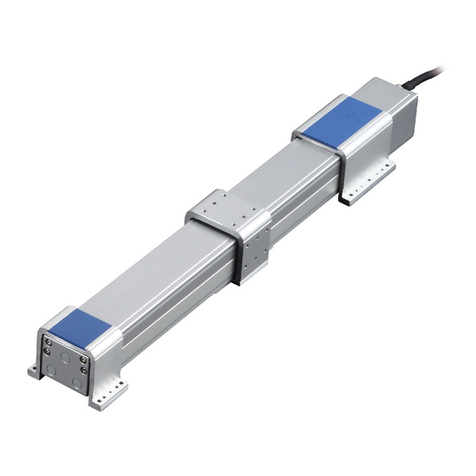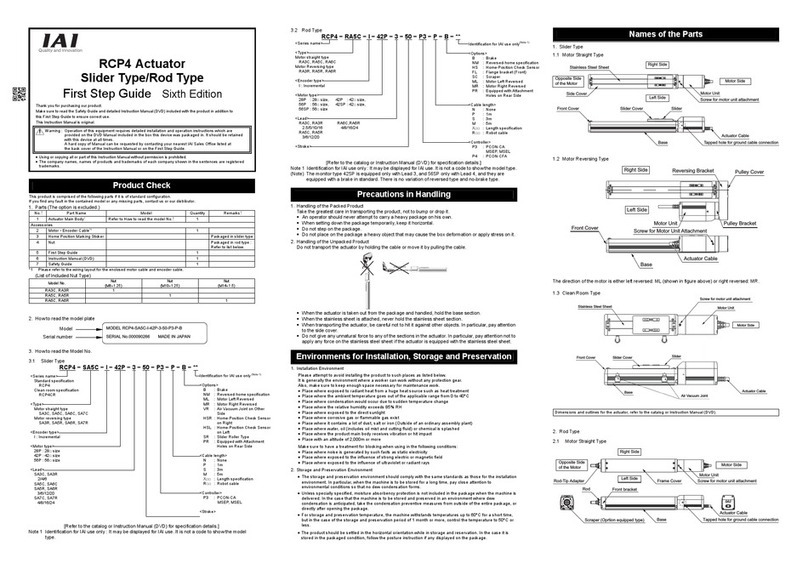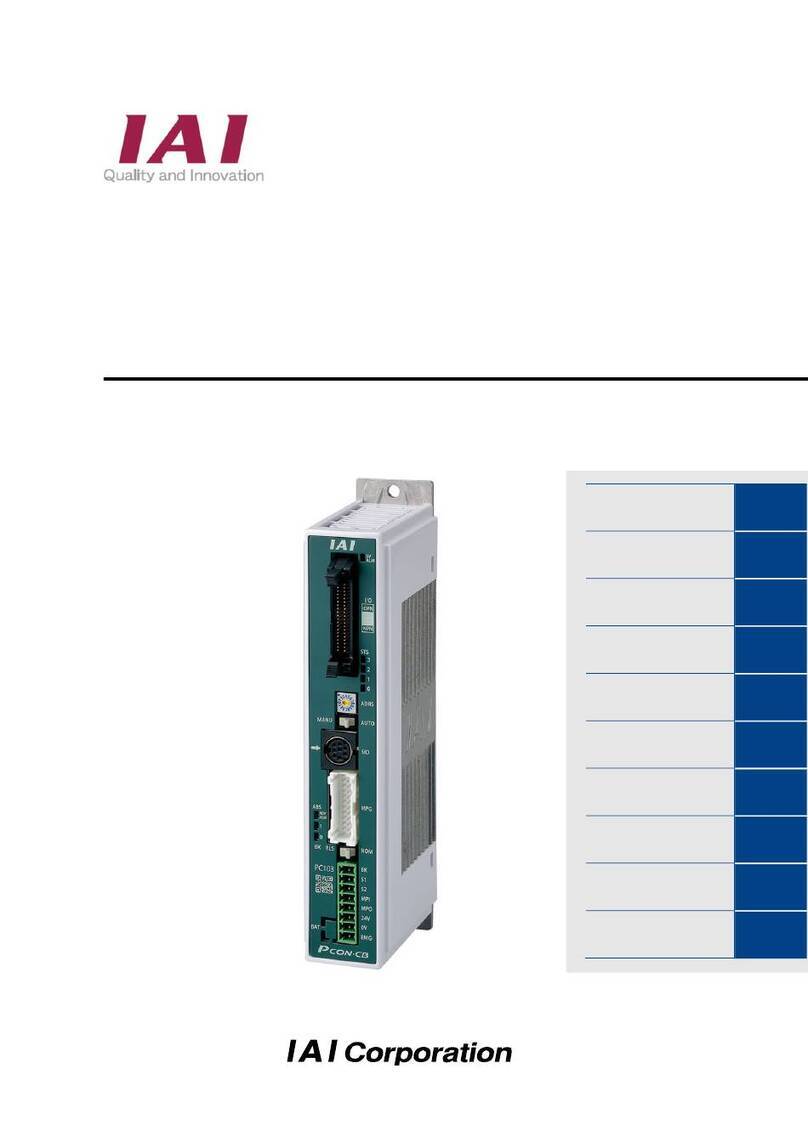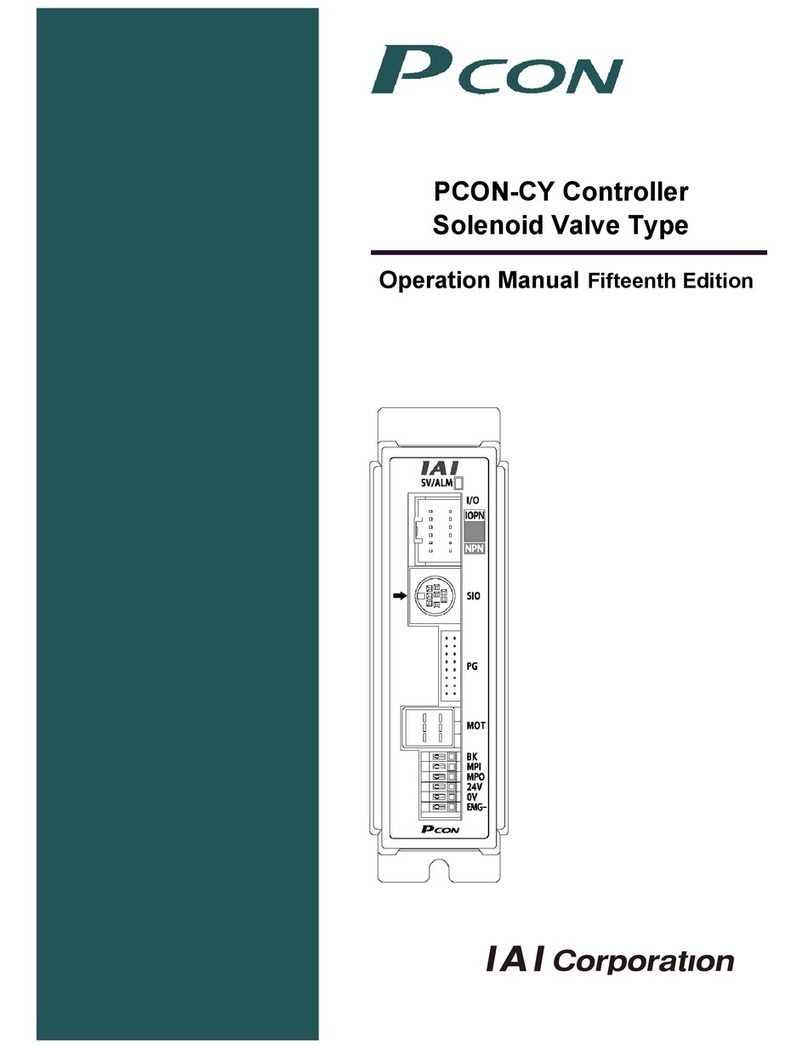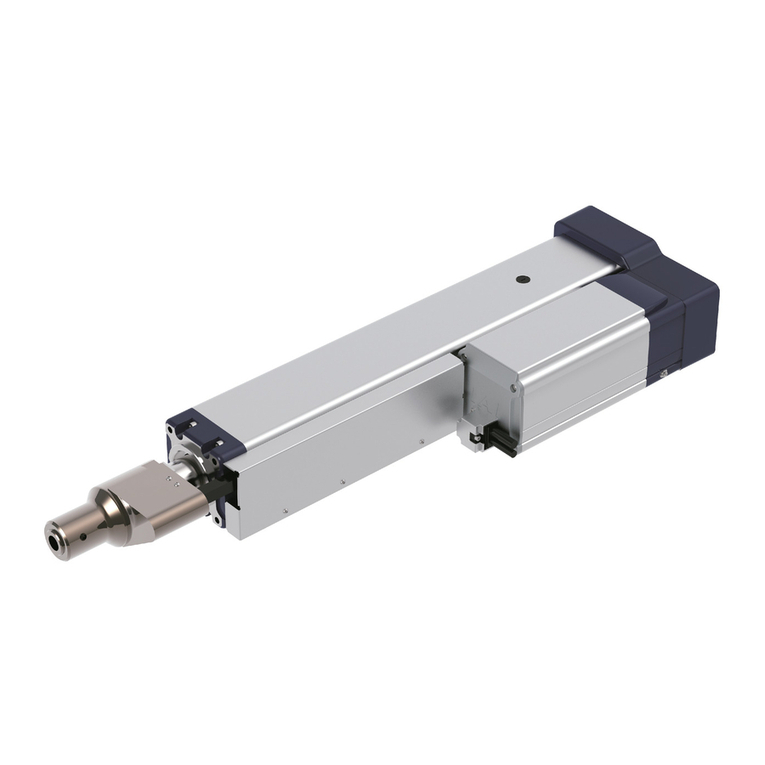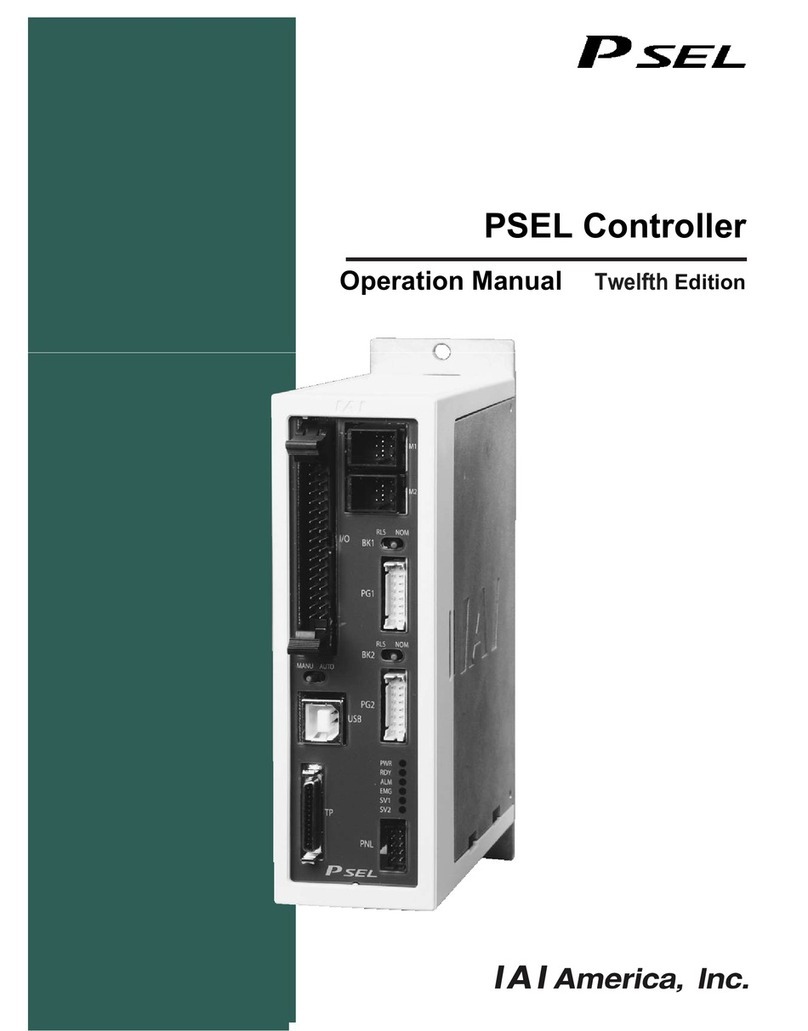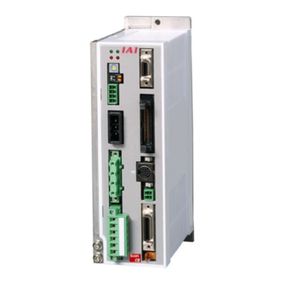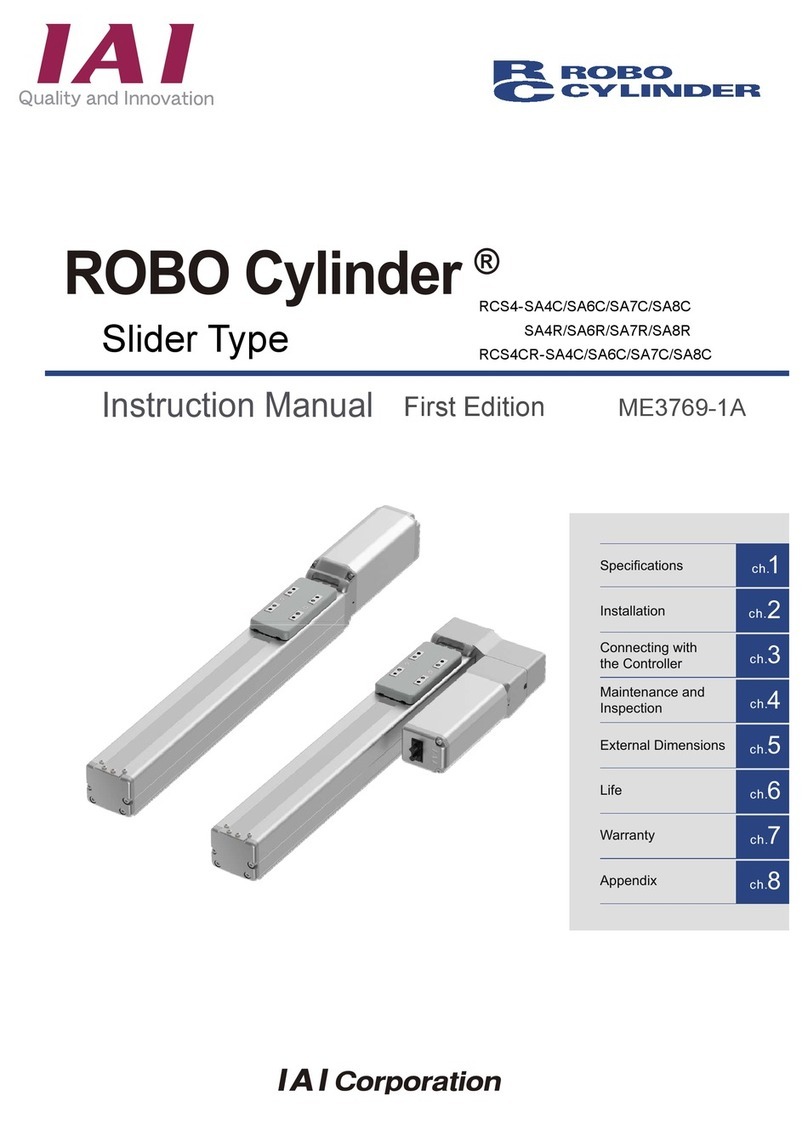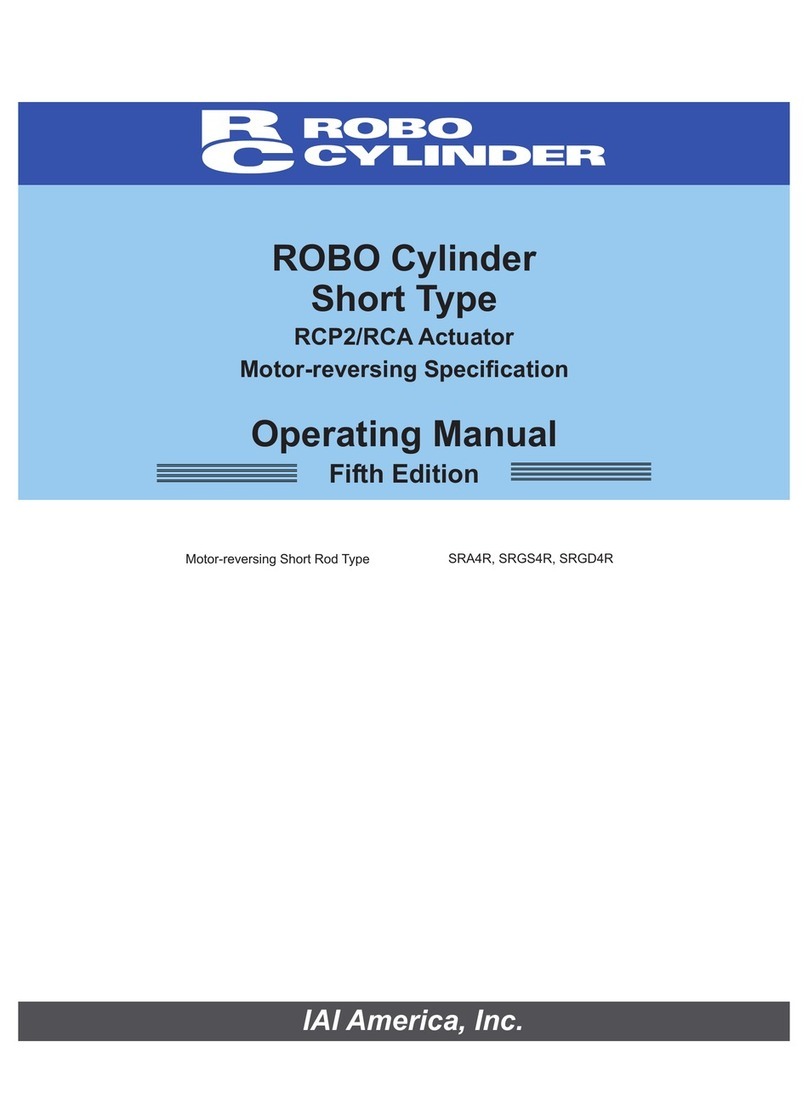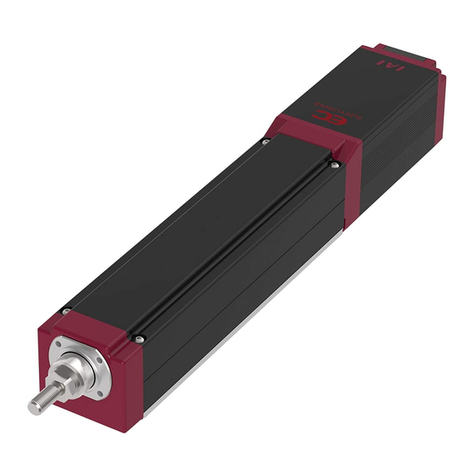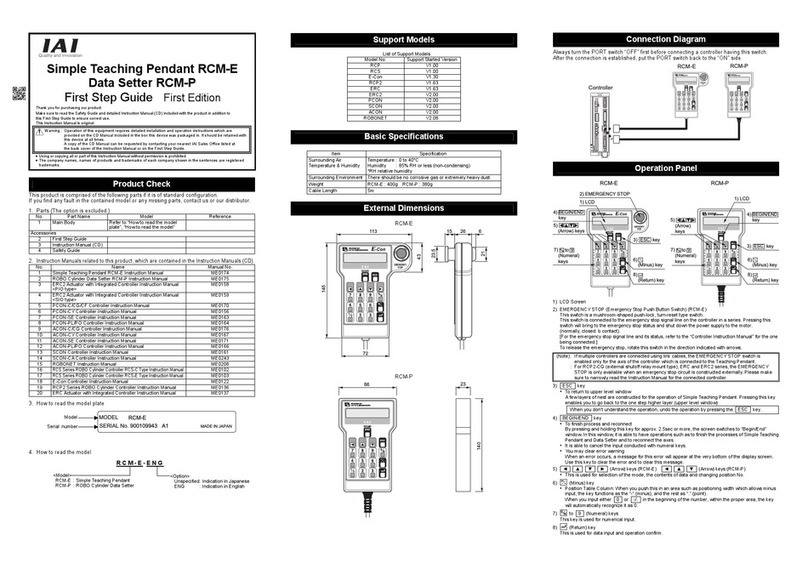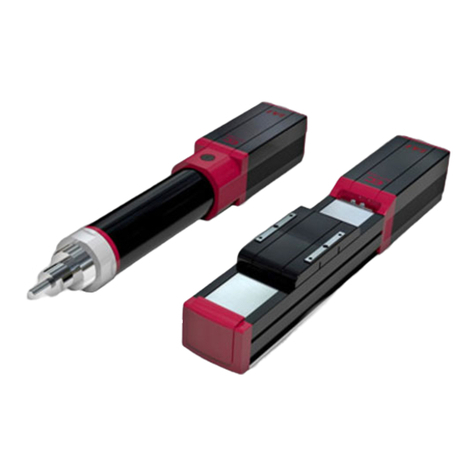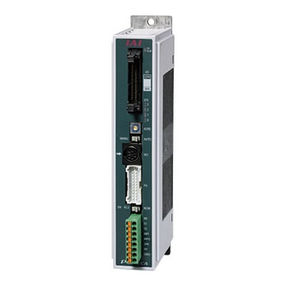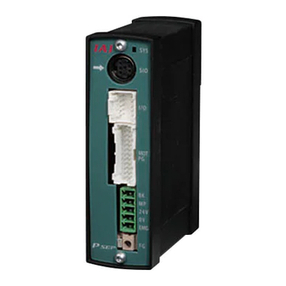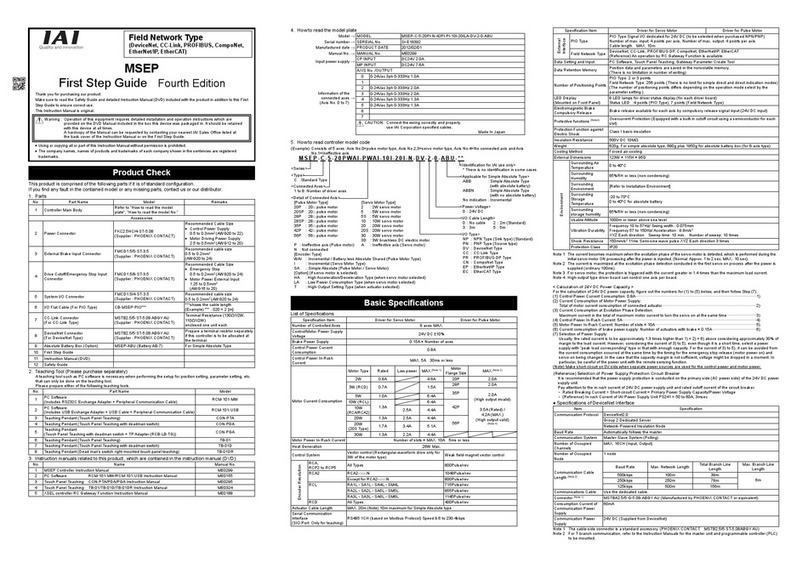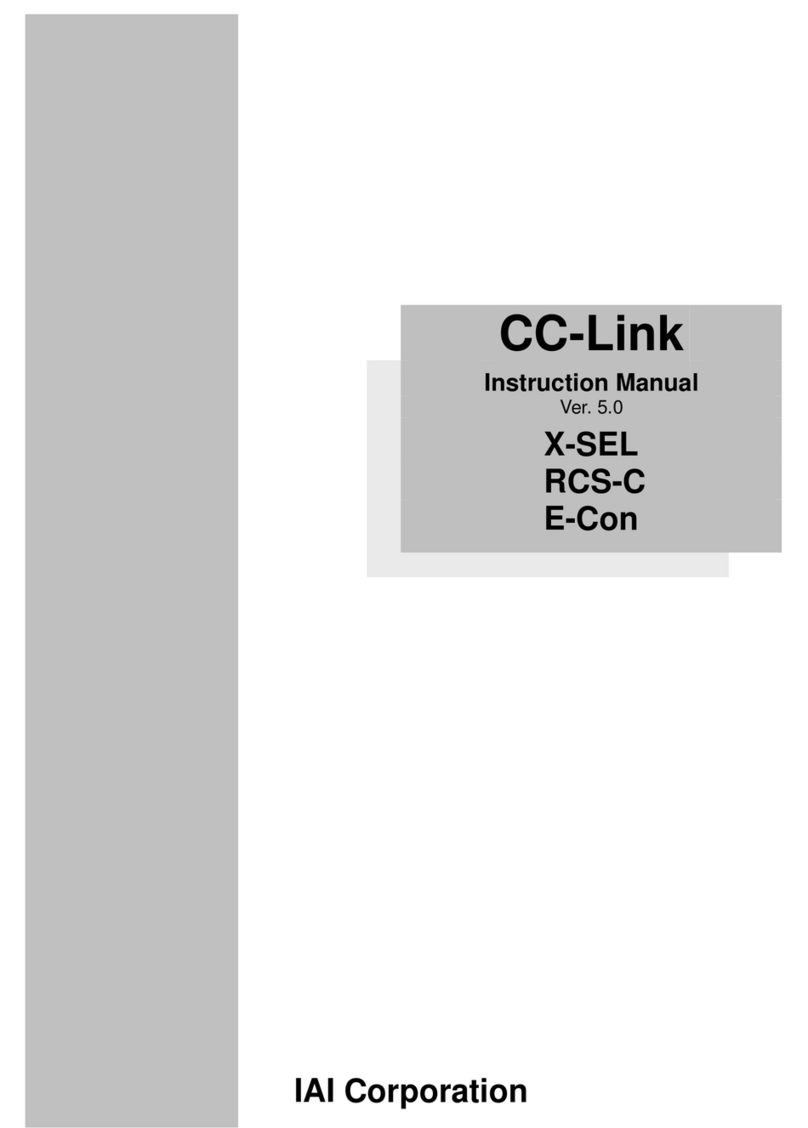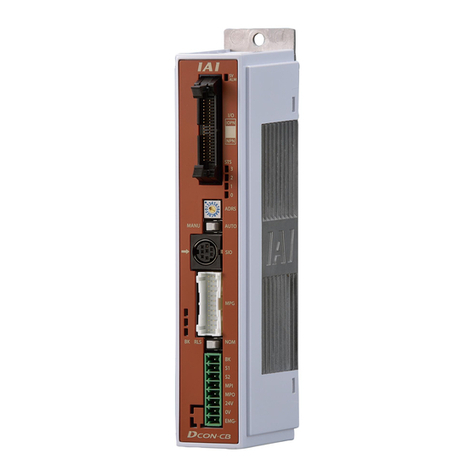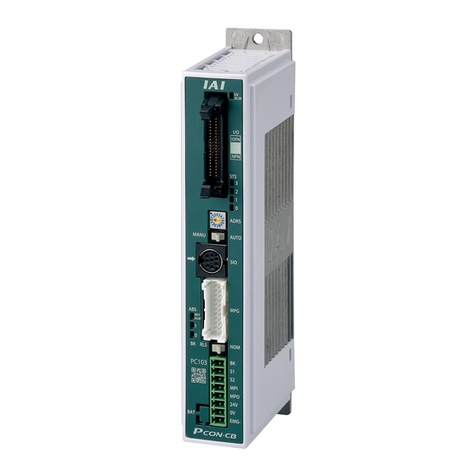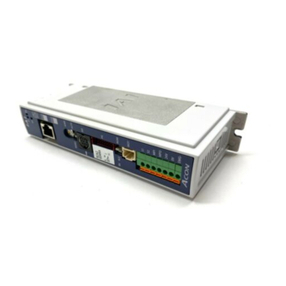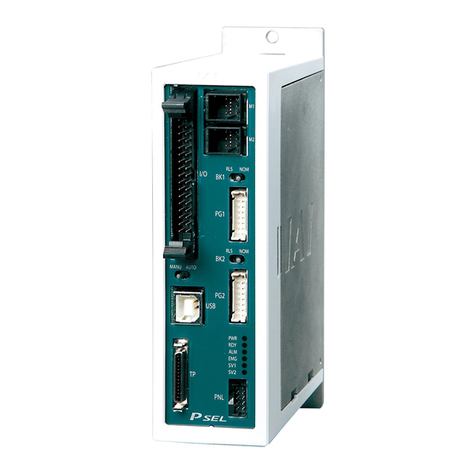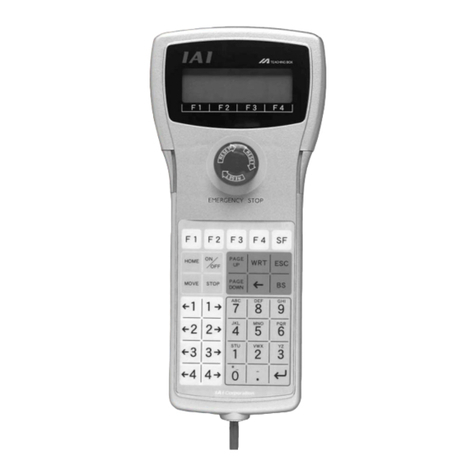
Chapter 3 Operation.......................................................................................................61
3.1 Basic Operation................................................................................................................. 61
3.1.1 Basic Operation Methods ............................................................................................ 61
3.1.2 Parameter Settings ...................................................................................................... 65
3.2 Initial Setting...................................................................................................................... 66
3.3 Setting of Position Data..................................................................................................... 71
3.4 Fieldbus Type Address Map.............................................................................................. 77
3.4.1 PLC Address Construction by each Operation Mode.................................................. 77
3.4.2 Example for Address Map Construction for each Field Network ................................. 80
3.4.3 Gateway Control Signals (in common for all operation modes) .................................. 90
3.4.4 Control Signals for Direct Simple Direct ...................................................................... 93
3.4.5 Control Signals for Positioner 1 Mode ......................................................................... 98
3.4.6 Control Signals for Direct Indication Mode ................................................................ 103
3.4.7 Control Signals for Direct Indication Mode 2 ..............................................................110
3.4.8 Control Signals for Positioner 2 Mode ........................................................................117
3.4.9 Control Signals for Positioner 3 Mode ....................................................................... 121
3.4.10 Control Signals for Remote I/O Mode........................................................................ 124
3.4.11 About Commands (Position Data Read/Write and Alarm Axis Read)........................ 128
3.5 Input and Output Signal Process for Field Network........................................................ 143
3.6 Power Supply and Cutoff ................................................................................................ 145
3.7 Control and functions of Input and output signals of Modes
other than Remote I/O Mode ....................................................................... 147
3.8 Control and functions of Input and output signals of Remote I/O Mode ......................... 169
3.8.1 Operation Supportive Signal = Patterns 0 to 2, 4 and 5 in common ......................... 169
3.8.2 Operation with the Position No. Input = Operations of PIO Patterns 0 to 2 ................. 177
3.8.3 Direct Position Specification (Solenoid Valve Mode 1)
= Operation of PIO Pattern 4.................................................................... 197
3.8.4 Direct Position Specification (Solenoid Valve Mode 2)
= Operation of PIO Pattern 5.................................................................... 209
3.9 About Gateway Parameter Setting Tool.......................................................................... 217
3.9.1 Startup of Tool ............................................................................................................ 217
3.9.2 Explanation of each Menu ......................................................................................... 218
3.9.3 Description of Functions ............................................................................................ 220
3.9.4 Operation Mode Setting............................................................................................. 226
3.10 Field network status LEDs .............................................................................................. 227
3.10.1 DeviceNet .................................................................................................................. 227
3.10.2 CC-Link .................................................................................................................. 227
3.10.3 PROFIBUS................................................................................................................. 228
3.10.4 CompoNet .................................................................................................................. 228
3.10.5 EtherNet/IP ................................................................................................................ 228
3.10.5 EtherNet/IP ................................................................................................................ 229
3.10.6 EtherCAT .................................................................................................................. 230
3.11 Gateway status LED ....................................................................................................... 231
Chapter 4 Vibration Suppress Control Function...........................................................233
4.1 Setting Procedure ........................................................................................................... 235
4.2 Settings of Parameters for Vibration Suppress Control .................................................. 236
4.3 Setting of Position Data................................................................................................... 237
Chapter 5 Power Saving Function (Automatic Servo-off Function) ...........................239
